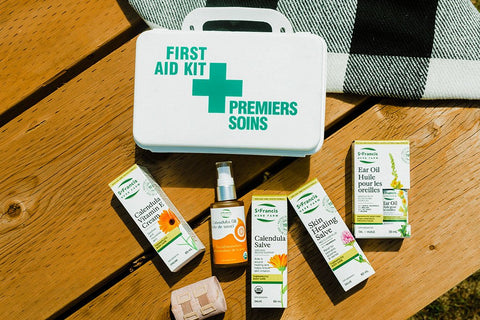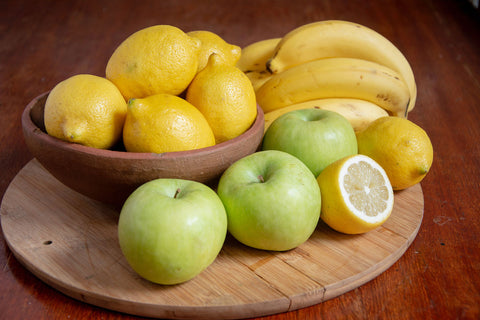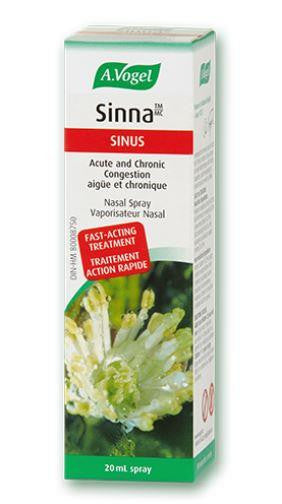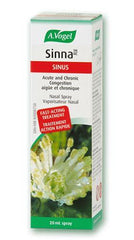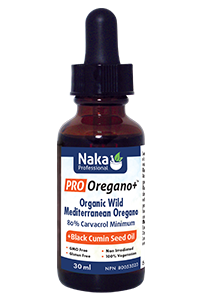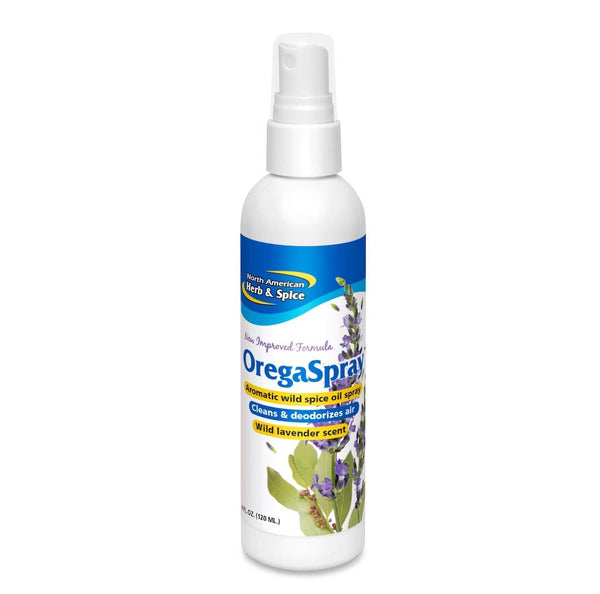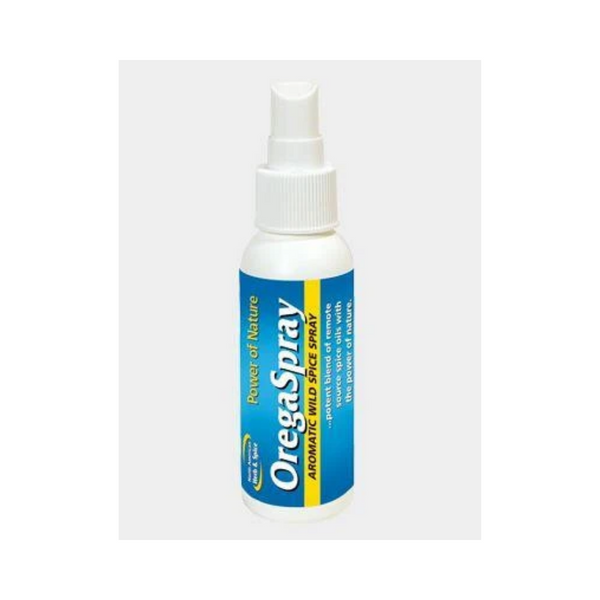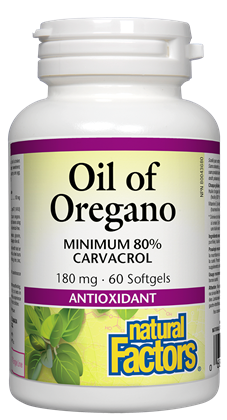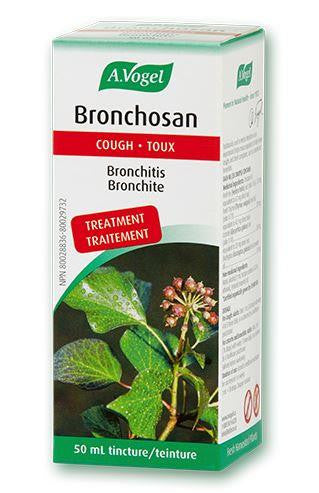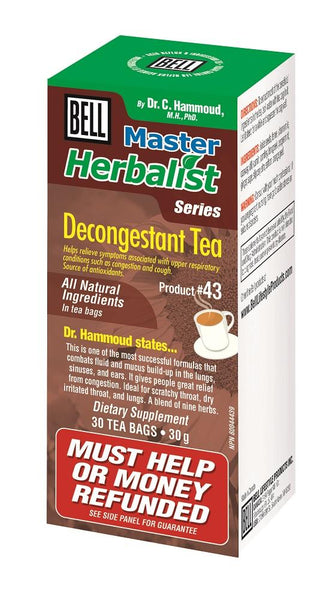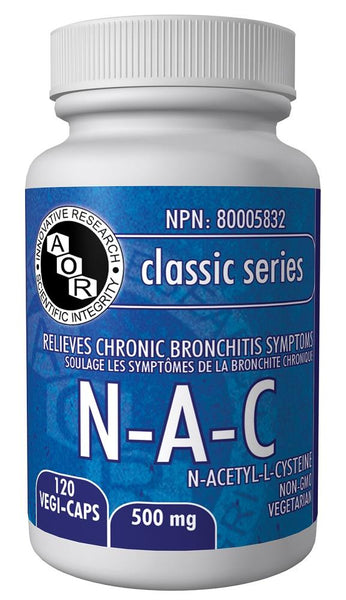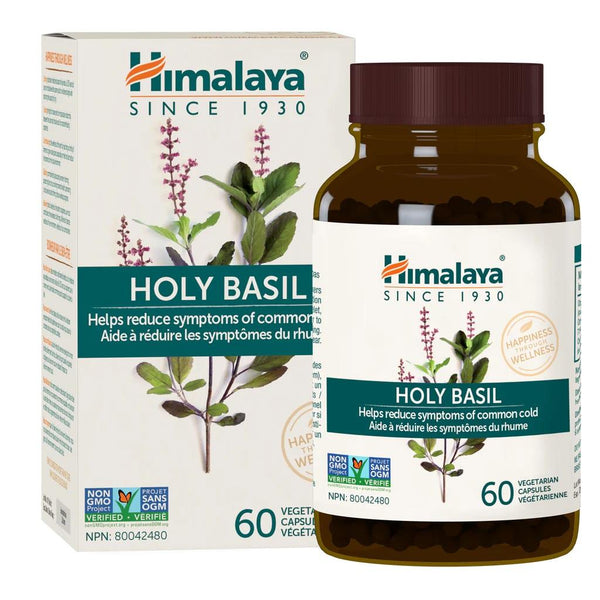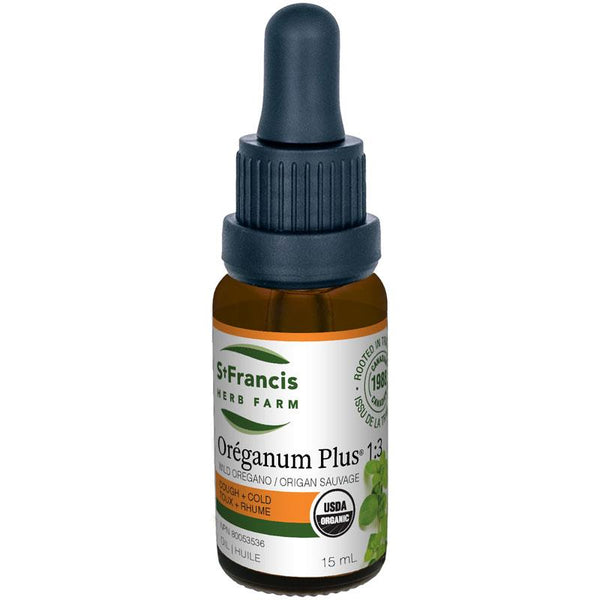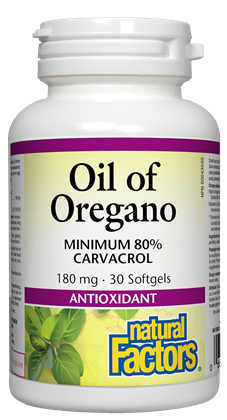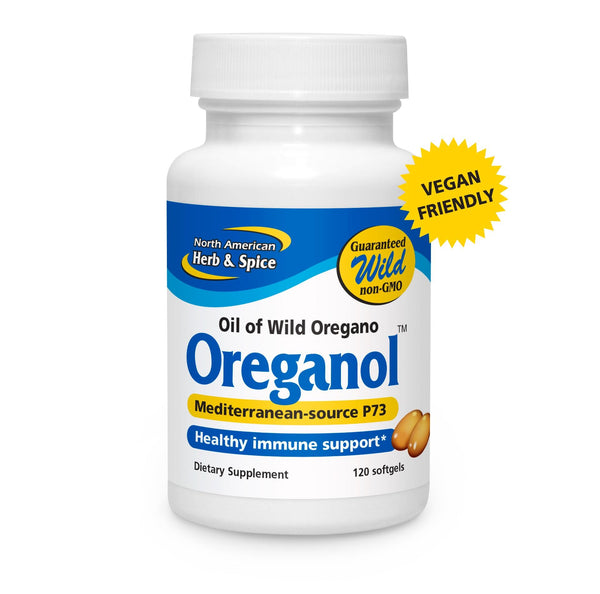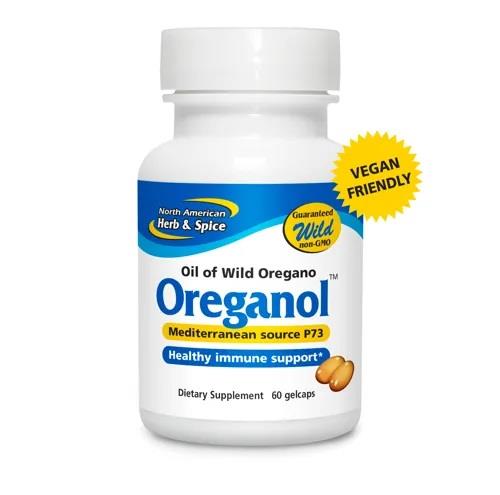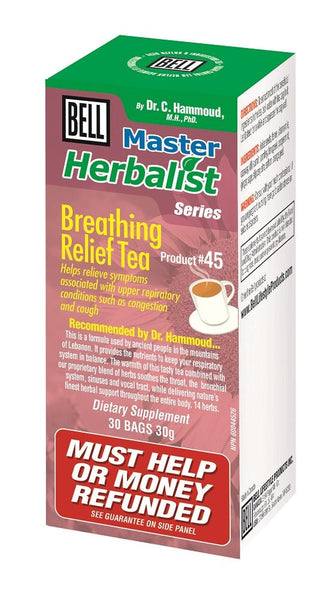A. VOGEL Sinna Nasal Spray 20ml
A. VOGEL Sinna Nasal Spray
80008750
Homeopathic remedy used for acute and chronic sinusitis, sinus congestion and inflammation with frontal headache, catarrh extending to frontal sinuses as well as rhinitis.
Composition
Each mL contains:
Medicinal ingredients:
Hydrastis canadensis (root) 6X 20%, Kali bichromicum (mineral) 6X 20%,
Lemna minor (herb) 4X 20%,
Luffa operculata (fruit) 6X 20%,
Hydrargyrum sulfuratum rubrum (mineral) 8X 20%
Non-medicinal ingredients:
Isotonic solution of 0.9% sodium chloride in water buffered with monobasic and dibasic sodium phosphate. No preservatives necessary as there is no backflow of solution into the reservoir.
Dosage
Adults and children 12 years and over: Spray once or twice into each nostril 3-5 times daily, or as directed by a healthcare practitioner.
Children 1 - 11 years of age: Spray once into each nostril 4 times daily, or as directed by a healthcare practitioner.
Actions and pharmacology
Hydrastis canadensis (Golden Seal) 6 X
Golden Seal is a member of the Renonculaceae family and comes from North America.
Part used: fresh root.
Hydrastis is unequaled in the treatment of sinusitis. It is particularly effective for frontal sinusitis with excoriating aqueous nasal drip and yellow or greenish, thick or viscous and ropy rhino-pharyngeal secretions. Hydrastis symptomatic picture also includes ozena (nasal crusts and a fetid smell), a septum ulceration and a tendency to continually blow ones nose. The nasal congestion is aggravated in a warm room.
Kali bichromicum (potassium bichromate) 6 X
Often described as the mineral hydrastis, Kali bichromicum completes the effects of the herb to which it is compared. It has a positive effect on nasal congestion accompanied with a sensation of dryness and obstruction as well as chronic inflammation with tough, adherent, elastic mucous plugs that leave the surface raw. The symptomatic picture of Kali bichromicum includes frontal sinus pain and profuse watery nasal discharge, mostly rhino-pharyngeal, that later becomes yellowish, adherent, viscous and ropy. An ulcerated septum and violent sneezes may complete the picture. Symptoms are aggravated by cold, especially damp cold, and improved by heat.
Lemna minor (Duckweed) 4 X
Duckweed is a member of the Lemnacae family and comes from Europe, Asia and North America.
Part used: whole fresh herb.
Lemna minor is a catarrhal remedy indicated in the presence of nasal polyps and swollen turbinates. It is altogether recommended for atrophic rhinitis, particularly in the presence of fetid secretions, a reduced sense of smell, abundant crusts and muco-purulent discharge, pain like a string from nostrils to ear, post-nasal drip and dryness of the naso-pharynx. Symptoms are typically aggravated by damp weather.
Luffa operculata (Luffa) 6 X
Luffa is a member of the Cucurbitacae family and comes from Central America, South America and North Africa.
Part used: dried fruit.
Luffa is recommended in cases of atrophic rhinitis like those following a nasal decongestant spray abuse. It is typically effective for those with a crusty dry nose, or those who suffer from a head cold with pale or yellow secretions present mostly in the morning. These symptoms are generally aggravated in warm rooms and improved outdoors.
Hydrargyrum sulfuratum rubrum (Cinnabaris) 8 X
Cinnabaris is recommended for extremely painful frontal sinusitis aggravated during the night and in damp or extreme weather. It is typically effective for the patient with pressure and pain at the root of the nose, muco-purulent discharge, after-meal congestion of the face and pain from the root of the nose to the bones of the face.

